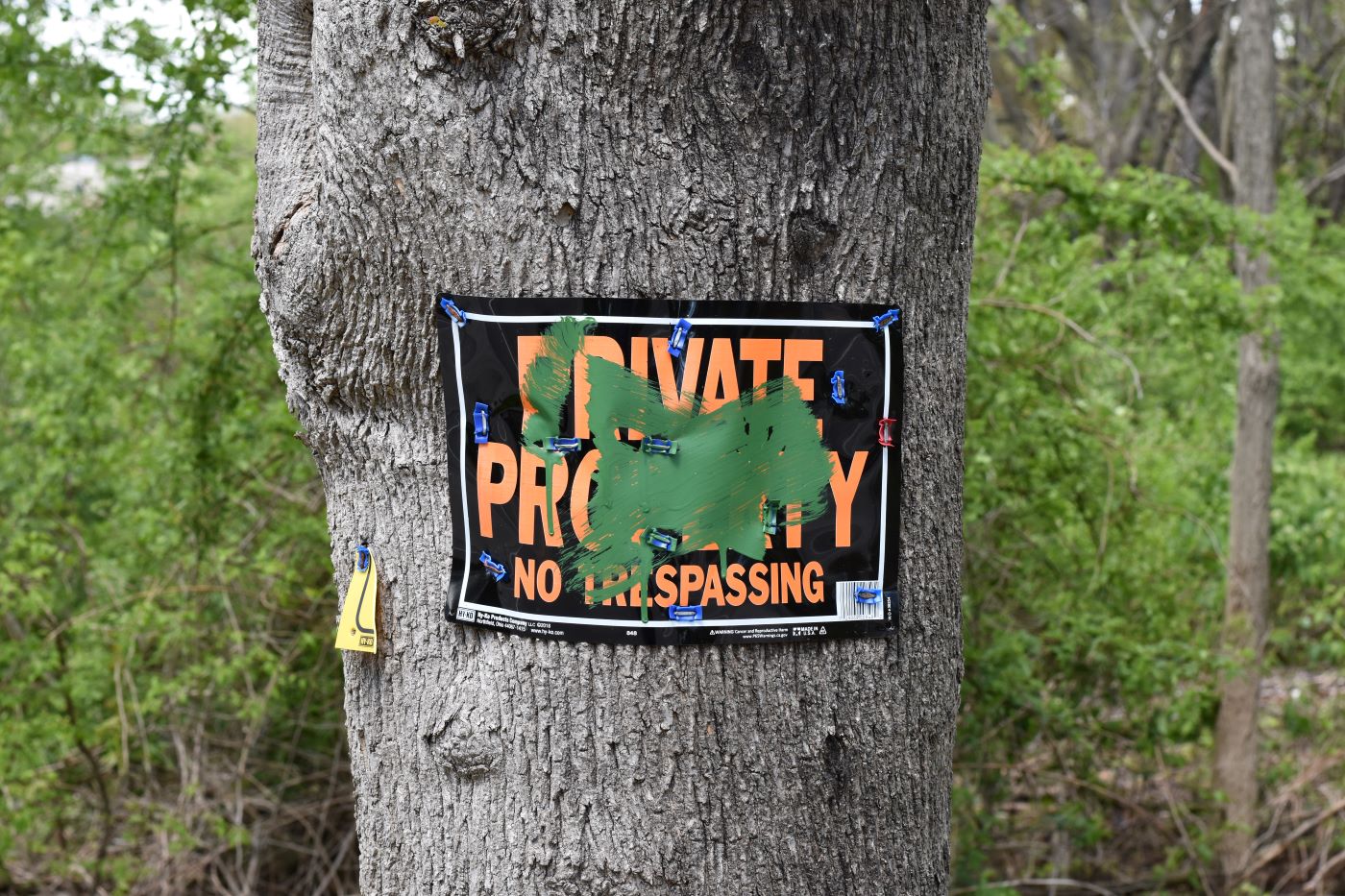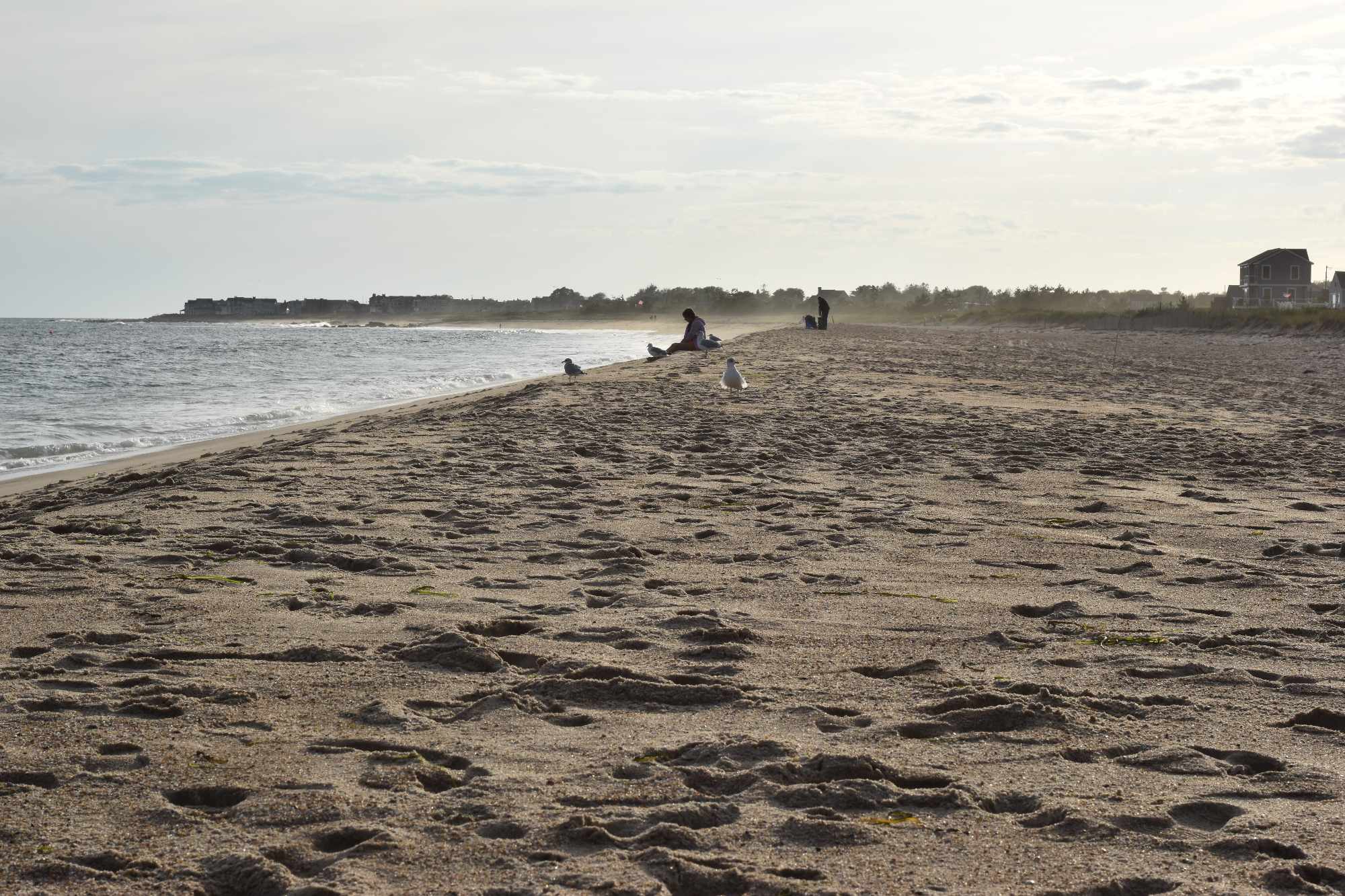Latest Dam Safety Report Notes New Repairs and New Hazards
June 30, 2023
Over the past year, the Rhode Island Department of Environmental Management’s Dam Safety Program repaired or facilitated the repair of several dams and also identified some structures that were previously safe that may now need repairs, according to the program’s latest report.
In Rhode Island, there are 670 known dams, but the vast majority, about 400, are considered low hazard, meaning they are unlikely to cause damage if they fail. Unsafe high- and significant-hazard dams are the highest priority for DEM’s program because their misoperation or failure is likely to cause the most damage. In the case of a high-hazard dam, it earns that classification because failure could lead to the loss of life.
By the end of last year, 32 high-hazard dams were considered unsafe, one less than in 2021. The number of unsafe significant-hazard dams (35) was the same number as the previous year.
In 2022, safety issues at five high- and significant-hazard dams were addressed and those dams are now considered safe.
Westconnaug Dam in Foster and Stillwater Dam in Smithfield were high-hazard dams repaired in the past year. Significant-hazard dams that are now safe include: Wright T. Farm Dam in Gloucester, Kimball Dam in Johnston, and Pine Swamp Dam No. 1 in Scituate.
The net number of safe dams shows the balance between addressing safety issues while continually identifying additional problems as the safety program performs annual inspections.
For example, five additional “potentially unsafe” dams were identified by DEM in 2022, on top of seven previously classified that way. A potentially unsafe dam is classified that way because the program wasn’t able to get enough information from the inspection to report whether it’s safe or not.
Three dams’ issues were addressed, but that still left a net increase from last year in the number of potentially unsafe dams from eight to nine dams.
ecoRI News previously reported that inadequate staffing and a lack of funding makes it difficult for the program to perform all its mandated responsibilities, something the newest report noted.
The report also highlighted how low-hazard dams are in need of reclassification, a process that should have occurred in 2015 and 2020.
Reclassification needs to occur to account for hazard creep, when low-hazard dams can become significant or high hazard because of development that is built downstream, increasing the potential damage caused by a failure. (The General Assembly passed a law last year to require the Building Code Standard Committee to consider dam inundation zones in code changes.)
The estimated cost of these reclassification assessments is between $65,000 and $70,000, according to the report.
Some dams are state owned — by DEM or the Department of Transportation — others are owned by municipalities and water supply companies, private individuals, and some don’t have owners at all.
Unknown ownership for many dams also makes safety compliance difficult, according to the report. About 45 high- and significant-hazard dams have unknown ownership, of which 32 are considered unsafe.
Without clear ownership, DEM cannot issue notice of violation to try to enforce repairs. Locating an owner through land records is a timely/costly process. In 2022, DEM identified one dam owner.




Consider the environmental and economic benefits of taking the dams out. Repair them and leave them in and they will continue destroy native fish (diadromous and coldwater) for decades. Take them down, and they will no longer be a public expense (maintenance) and watersheds will be able to restore themselves. Given the coming challenges of climate change, pulling the dams is, and will be, a looming necessity. Get real Rhode Island, and pull down those walls.